Stress Coaching Part II – Recovery From Stress

What we refer to as “stress” is quite a mystery. Ill-defined by most everyone except psychological researchers, we ascribe devastating levels of power to it, and often feel helpless to cope with it. We know that stress is linked to worsening health, greater risk of illness and the exacerbation of most any condition we find ourselves with.
Wellness and health coaches find their clients almost always struggling to manage stress. Clients often recount how they had been successful at lifestyle change, often losing weight, stopping tobacco use, etc., until…a stressful event or change occurred in their lives. Once the stress hit the weight was regained, the smoking revived and so forth.
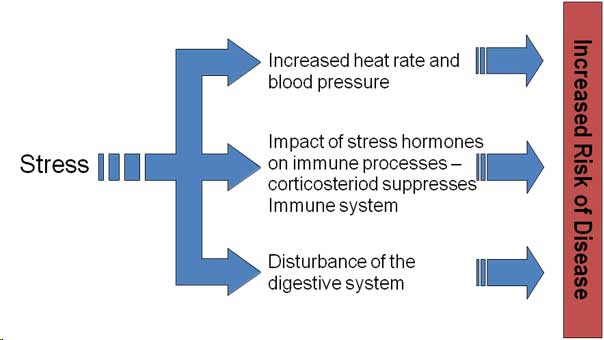 When we experience chronically elevated levels of stress the Stress Response of the Sympathetic branch of the Autonomic Nervous System maintains unsustainable levels of arousal in several bodily systems. This causes digestion to be inhibited, heart rate and blood pressure to remain elevated causing extra strain on the circulatory system, and higher levels stress hormones (corticosteroids) to be produced. Cortisol levels rise and research has linked this in particular to extra weight gain and more difficulty in weight loss. (http://www.simplypsychology.org/stress-immune.html)
When we experience chronically elevated levels of stress the Stress Response of the Sympathetic branch of the Autonomic Nervous System maintains unsustainable levels of arousal in several bodily systems. This causes digestion to be inhibited, heart rate and blood pressure to remain elevated causing extra strain on the circulatory system, and higher levels stress hormones (corticosteroids) to be produced. Cortisol levels rise and research has linked this in particular to extra weight gain and more difficulty in weight loss. (http://www.simplypsychology.org/stress-immune.html)
Medical researchers aren’t exactly sure how stress increases the risk of heart disease, diabetes, cancer, and many other health challenges, but it does. For many researchers the findings don’t always put the finger on stress per se, as we can see more directly in the case of increased hypertension, but on the resultant changes in lifestyle behavior. Under more stress people tend to engage in more unhealthy behaviors – smoking, drinking, overeating, more sedentary activity, depression, and to engage in less healthy behaviors – exercise, sleeping well, taking time to eat well. It’s felt that these shifts in lifestyle contribute to the disease processes. There is also lots of evidence that higher stress has a negative effect on the immune system. (http://www.discoverymedicine.com/Frans-Pouwer/2010/02/11/does-emotional-stress-cause-type-2-diabetes-mellitus-a-review-from-the-european-depression-in-diabetes-edid-research-consortium/) (http://www.medicinenet.com/stress_and_heart_disease/article.htm)
The Health-Challenged Client And Stress
Many, if not the majority, of clients that wellness and health coaches work with are challenged by some kind of chronic illness. For these clients stress management is a vital part of the Lifestyle Medicine approach that hopes to positively affect the course of their illness.

First of all your health challenged client must be under currently active medical care. Your work with them around stress management may have an effect – albeit positive – on their physiology. This means that your coaching efforts must be coordinated with your client’s treatment team. For example, practicing relaxation training may succeed in lowering blood pressure. A client on hypertensive medication will need to have their dosage adjusted as their blood pressure changes.
To help our clients create their own way of managing stress we need to be their ally and help them to build the self-efficacy and confidence that their stress can be successfully dealt with. On a realistic level few coaches are equipped to help a client with a complex cognitive restructuring process that is more the prowess of a counselor or psychologist. We can help our clients address barriers in their lives, but we may find that a “problem solving” approach to stress may be flirting with infinity. Another brush fire springs up not long after the last one was finally extinguished.
Instead we may want to proceed with a more holistic, lifestyle-oriented, positive approach. We could divide this approach into four components:
#1 Recovery From Stress
#2 Development Of Recovery-Enhancing Skills And Strategies
#3 Lifestyle Strategies For Reducing Stress Increasers
#4 Environmental Strategies
#1 Recovery From Stress
In our previous post (http://wp.me/pUi2y-e9) we spoke about how change today has increasingly shifted from episodic change (which we are psycho-physiologically set up to deal with) to continuous change. Despite the seemingly constant barrage of information, demands and pressures today, we are still very human creatures with a nervous system that requires recovery and repair. The alternative is having stress show up in the weakest link in our chain in the form of a stress-related disorder. These often begin with milder symptoms such as headaches, insomnia, etc., but if there is insufficient frequency and intensity of recovery we often see an increase in the severity of symptoms leading to increasingly serious stress disorders such as hypertension, gastro-intestinal disorders, and even symptoms of heart disease and more.
The body has it’s own built-in counterpart to the “stress response”. It’s called the “relaxation response” (as made famous by Harvard researcher Herbert Benson (http://www.relaxationresponse.org). Eliciting this response calms the body and mind. Heart rate and blood pressure are reduced, as is the production of stress hormones. Recovery with a “capital R” would mean bringing out the stress response in some way.
Part of recovery, however is with a “small r” and that means engaging in activities that people find “relaxing” and also getting sufficient and sound rest. Taking the time to read a novel, go for a hike, play music or your favorite sport, go fishing (often a great choice for the client resistant to anything that sounds too exotic), have a cup of coffee/tea or glass of beer/wine with friends and chat, garden, or anything that the client considers fun and relaxing fills this part of the prescription. Multiple health benefits come from such activities meeting needs on physical, intellectual, creative, social and even spiritual levels.
How To Coach #1
Ask your client to list the things that they like to do to relax. Then ask them the last time they engaged in those activities. This often brings up regret and sadness. Empathize and explore. See what they may be attracted to re-engaging in and set up support and accountability to help them succeed.
 Exploring fears and assumptions about taking the time to recover may be a necessary step. Engaging in recovery time is meaningless if you’re client has too many internal barriers in the way and won’t give themselves permission for self-care. Coach them around exploring their beliefs and assumptions about taking time for themselves. Help them identify what triggers their fears and develop a different response. Are they making any assumptions about their situation at work? How safe would it be to check these assumptions out? Can new agreements be made?
Exploring fears and assumptions about taking the time to recover may be a necessary step. Engaging in recovery time is meaningless if you’re client has too many internal barriers in the way and won’t give themselves permission for self-care. Coach them around exploring their beliefs and assumptions about taking time for themselves. Help them identify what triggers their fears and develop a different response. Are they making any assumptions about their situation at work? How safe would it be to check these assumptions out? Can new agreements be made?
It’s not unusual for clients to discover that working on improved sleep and rest becomes an important part of their wellness plan. This may become an area of focus for them and setting up goals and action steps to work on this may contribute greatly to their stress recovery.
#2 Development Of Recovery-Enhancing Skills And Strategies
There are numerous ways that your client may choose to use, once they are aware of alternatives, to enhance their ability to recover from stress and “inoculate” themselves against further effects of excessive stress. The key is not to prescribe, but to help your client find a method that is a great fit for them. Personal values, beliefs, and even prejudices that your client holds need to be respected. One person may jump at the chance to learn Yoga or Tai Chi while another person may be repelled by the same opportunity.
How To Coach #2
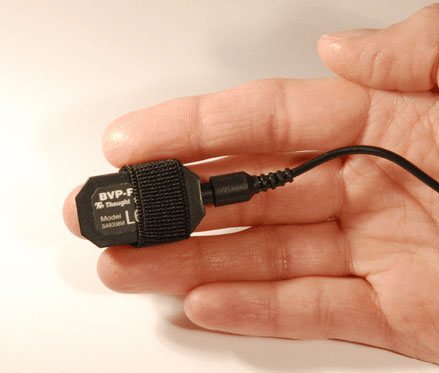 Biofeedback can be simple and very effective.
Biofeedback can be simple and very effective.
Help your client to explore such options as: Mindfulness-Based Stress Reduction (MBSR) (http://www.umassmed.edu/cfm/); recordings of relaxation training methods such as progressive and autogenic relaxation training; recordings of guided visualizations for relaxation; biofeedback training supplied by a qualified biofeedback therapist; meditation training; classes in Yoga, Tai Chi and Xi Gung may also be of interest to your client. Coach them through the process of finding out adequate information and following through with selection and engagement. The key is to keep coaching them and make the practice of these skills part of the coaching.
#3 Lifestyle Strategies For Reducing Stress Increasers
 Too much of a good thing?
Too much of a good thing?
Some big advantages in living a healthy lifestyle are the ways in which itcontributes naturally to stress reduction. Smart wellness coaches help their clients to look at how their diet is working for or against their stress level. Excess caffeine over-stimulates and can contribute to insomnia. Too much sugar causes energy ups and downs. Excess salt causes edema, and drives hypertension. Inadequate nutrition or not following a prescribed dietary program (such a for a person with diabetes) can also contribute greatly to stress. Indeed medical noncompliance can be a terrific source of stress as medications are not able to perform adequately to maintain homeostasis or deliver proper treatment.
How To Coach #3
Help your client to examine their current lifestyle behavior and explore their potentially ambivalent feelings about making changes such as modifying their diet. Coaches can use Motivational Interviewing techniques to help resolve such ambivalence. Drawing upon all a coach knows about Readiness for Change theory (TTM) will also help the client to approach change in a stage-matched way that is more likely to succeed. Simple behavioral tracking that is combined with support and coaching accountability can often empower clients to finally make the changes they need to their diet, activity levels, and self-care behaviors.
Work with your client to examine their approach to time management and organization in their lives. It’s been astonishing how many times coaches discover that clients have not been making use of such simple tools as working with a calendar, operating off of a written (versus mentally kept) to-do list. Help your client to take charge of their life by consciously working on organization and time management.
#4 Environmental Strategies
 Nothing better than a place to put your feet up!
Nothing better than a place to put your feet up!
There is such an emphasis in stress management work around cognitive approaches and relaxation methods that we often overlook the environment the client experiences every day. Home and work environments can aggravate or alleviate our stress levels.
How To Coach #4
Have your client describe a “day in the life” so to speak. That is, have them walk you through their typical day with an emphasis on where they are, not what they are doing. Does it put them in touch with stress sources? Are they facing a daunting daily commute by car in high-stress traffic? Is there neighborhood safe enough to walk and recreate in? Is there household cluttered (stressful in itself) or relaxing and peaceful?
While many of our clients are faced with economic realities that may make relocating unrealistic, other times this may be a real option. Can they move closer to work and eliminate the commute? What would it take to consciously make their home more of a relaxing haven? Could they even make one room such a refuge? Other times, through coaching, clients discover that even though moving is out of the question, there are things they can do environmentally to improve their situation and reduce sources of stress.
I love to say that “A coach’s job is to remind people that they have choices.” Sometimes under the burden of stress we forget this.
Connecting with family, friends, our greater community and the natural world also helps tremendously to relieve stress. Getting our social needs met requires…well, socializing! Exercising outdoors provides more documented benefits than exercising indoors. Spending time in nature feeds the soul.
One of the most beneficial activities a person can engage in is totally unstructured time. “Drift time” allows a person to let go of the “To Do List”, let go of expectations, roles and responsibilities. Whether it looks like hammock stretching, wandering through a shopping district on your own, fishing in a river, or whatever suits your fancy, the tension seems to fade as the day goes on.
Have A Back-Up Plan
No matter what the strategy you and your client are co-creating, have a back-up plan. Something may show up and get in the way of the best-laid plans. Coach your client to come up with an answer ahead of time to the question: “What will you do if…?” Having a fall-back strategy can allow your client to still achieve their goal. Can they modify their plans? Can they exercise for 15 min. instead of not at all? Can they go for a walk during the noon hour in their work clothes instead of a trip to the gym? Do they have food stocked in the refrigerator that will allow them to prepare a quicker meal than the one they had planned?
Maybe Stress Management Is More Simple
Pioneering Life Coach Thomas Leonard was fond of saying that “A coach’s job is help people to Eliminate Tolerations and Get Their Needs Met.” Perhaps this maxim could better guide all of us in reducing stress in our lives and being well. Coach your clients around what they are tolerating, whether it is an annoying source of aggravation like a door that sticks, or the way their colleague treats them at work. Have them list all of their tolerations and explore the list together. You’ll find that a lot of what they are tolerating often results in them not getting their needs met. Under stressful demands people often put their own needs last on the list and seldom get to them. Unmet needs lead to depression, resentment, anxiety and the experience of stress. Help your client explore this and see what they are ready to do to begin prioritizing their own health and well-being.
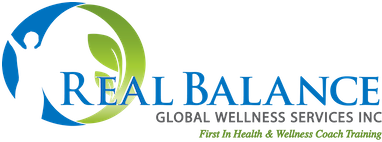

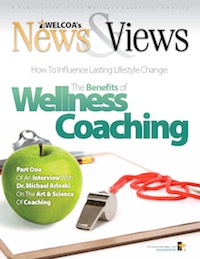
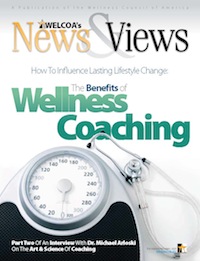


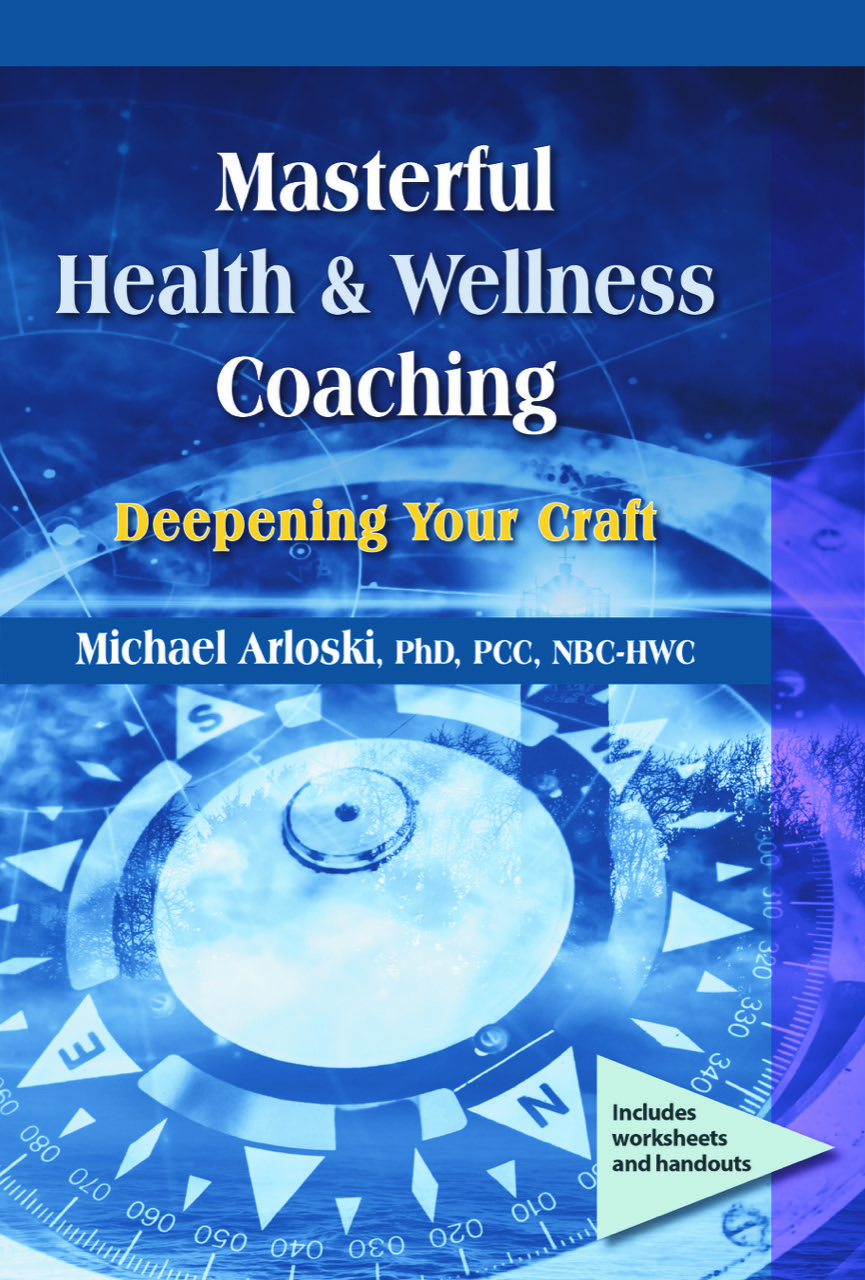

Only registered and logged in readers can leave comments.